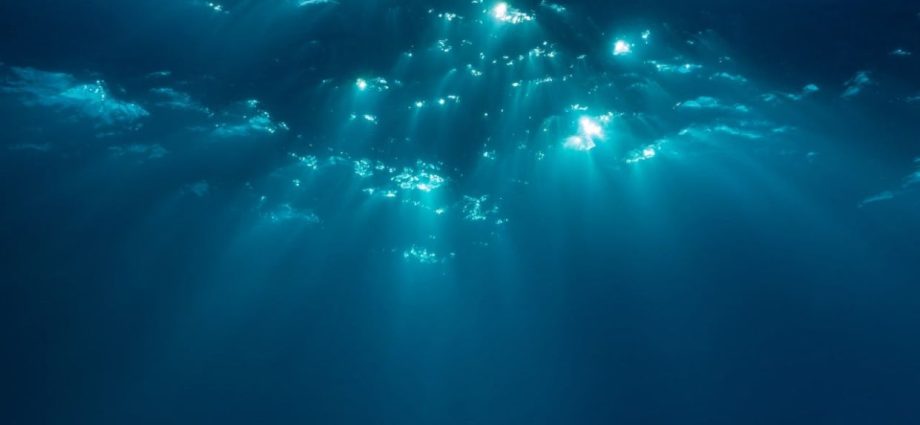
Hidden deep beneath the South China Sea lies a realm as alien as it is vital: a frigid, lightless world where methane seeps from the ocean floor, sustaining an ecosystem of ghostly tubeworms, clams and microbial mats.
Here, 2,000 metres (6,560 feet) down, China is building the world’s first long-term undersea outpost to unlock the secrets of a resource that could dwarf the Persian Gulf’s oil reserves – flammable ice.
On March 1, Beijing publicly announced the development of a deep-sea habitat in these methane-rich” warm seep” zones, where six researchers may live for month-long stretches to examine gas hydrates – crystalline formations of methane trapped in ice.
Do you have questions about the biggest topics and trends from around the world? Get the answers with SCMP Knowledge, our new platform of curated content with explainers, FAQs, analyses and infographics brought to you by our award-winning team.
With 80 billion tonnes of oil-equivalent reserves – far surpassing the Gulf’s 50 billion-tonne proven oil stocks – these vast hydrate deposits could redefine energy geopolitics.
But scientists have warned that careless extraction risks ecological collapse and catastrophic leaks of methane, a greenhouse gas that is 25 times more potent than carbon dioxide.
In that way, the deep sea space station is not merely about energy. ” It’s about guarding the oceans”, said Professor Wang Shuhong, a leading marine geologist, in a lecture posted by the Chinese Academy of Sciences ( CAS ) on social media last month.
Her project team, from the academy’s South China Sea Institute of Oceanology, has been studying the cold seeps, where methane leaks from fissures to support self-contained biospheres that use chemosynthesis to convert the gas into life-sustaining energy.
But these ecosystems, she warns, are as fragile as they are ancient: disturb the methane flow and the entire food web crumbles into a graveyard.
The deep sea station, set to begin operation by 2030, represents China’s most audacious bid to map this frontier.
Equipped with submersibles like the Jiaolong and Haima, crews will monitor methane fluxes, test extraction methods and document species found nowhere else – including bioluminescent fish and crustaceans armoured in mineralised “cold-seep ivory”.
Gas hydrates – dubbed “ice on fire” – hold 160 times the volume of methane as their frozen form. Global reserves are estimated at twice the energy content of all fossil fuels combined, according to Wang.
Yet their stability depends on extreme pressure and cold. Mining them is like defusing a bomb, some previous studies have warned. A single misstep could acidify oceans or trigger undersea landslides.
The deep sea station will be able to extend the time humans can study the area before having to resurface – from the present 15 hours to a massive 45 days, according to Wang.
” We hope it will be built soon”, she said.
China’s urgency is twofold. As the world’s top energy consumer, it seeks to replace coal with cleaner options. But its hydrate riches lie beneath contested waters, where more than 300 cold seeps dot the seabed.
Critics, including the US and Asean officials, have accused Beijing of using scientific projects to bolster its territorial claims.
Wang’s journey mirrors China’s maritime pivot. Trained in agricultural water conservation, she shifted to hydrate research in the 2000s as China raced to secure deep-sea energy.
In 2006, her team discovered the Haima cold seep, the nation’s largest active methane vent, using domestically built submersibles. Back then, they did not know if hydrates even existed there. Now China is playing a leading role in the field, according to Wang.
The station will deploy sensors to track methane’s migration from the seabed to the atmosphere – a process that may have driven past mass extinctions.
” If sleeping hydrates escape in vast amounts, we could face a sixth extinction”, Wang said.
More from South China Morning Post:
For the latest news from the South China Morning Post download our mobile app. Copyright 2025.

